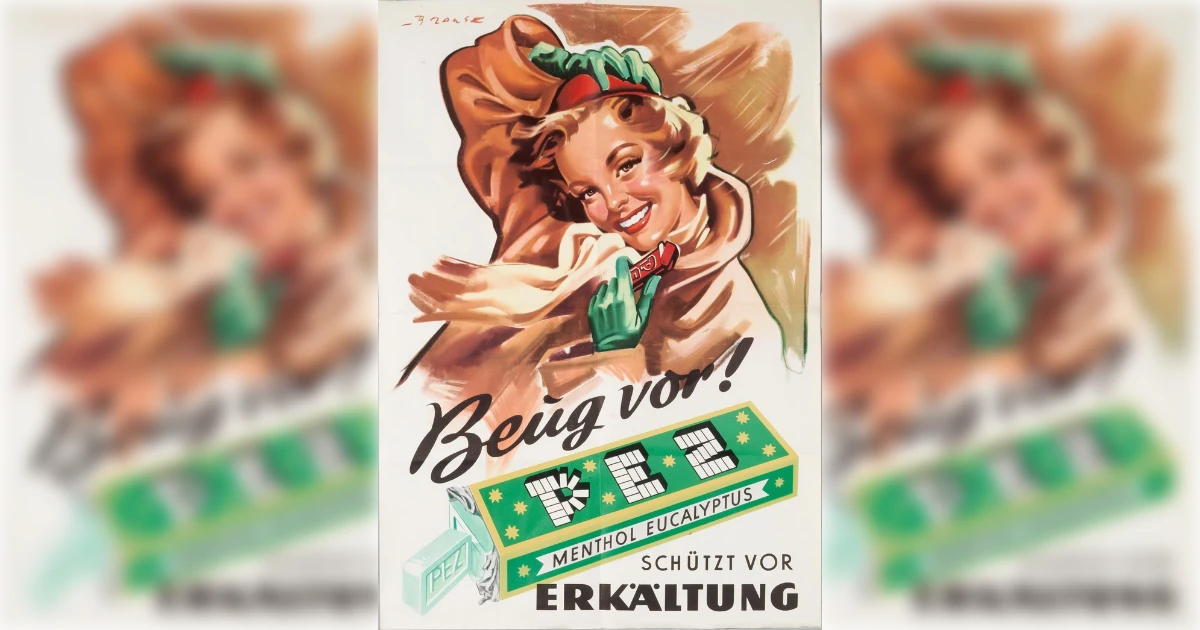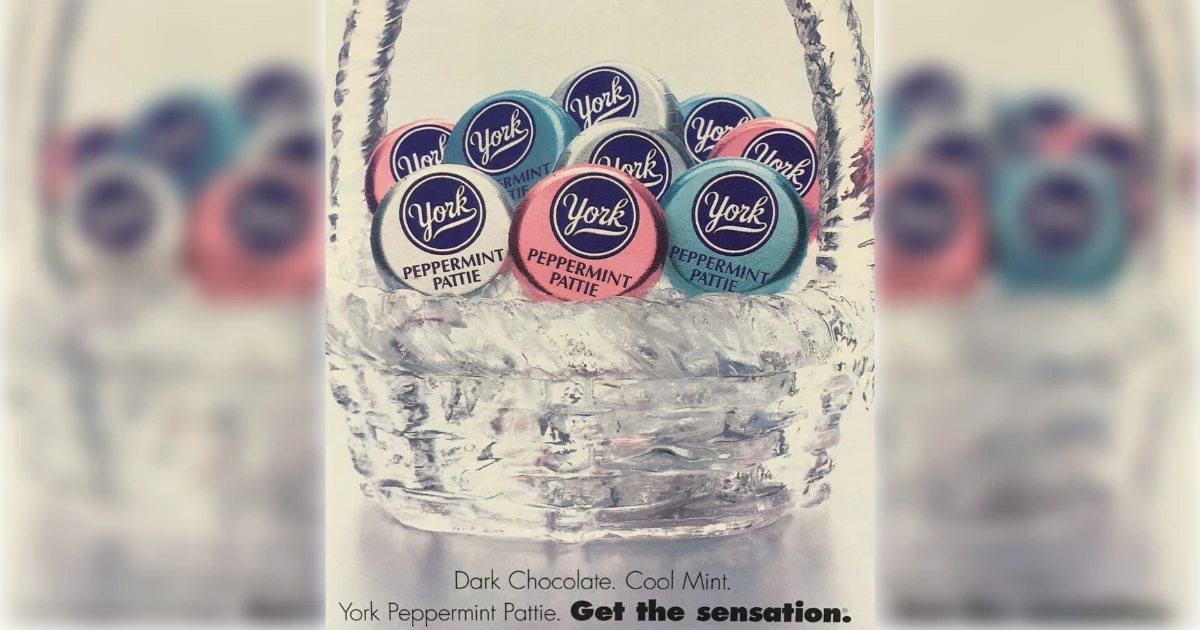.webp)
© History Oasis
Peppermint candy has traveled from ancient medicine cabinets to modern checkout counters. Here's how it happened.

1500 BC: People have cultivated peppermint since at least 1500 BC in Northern Africa and the Mediterranean. They used it as food and medicine.
480s: The Greeks named it after the nymph Minthe, who caught the eye of Hades. Romans flavored feast dishes with peppermint and wore braided mint crowns. Hebrews scattered it on synagogue floors for its calming scent.

1600s: European candymakers worked as apothecaries. Medicines tasted terrible, so they mixed herbs in sugar to make it taste better. Peppermint masked the bad taste.
1780: Smith Kendon created Altoids in London to relieve stomach problems. Farmers began growing peppermint commercially in the late 1700s.

1837: The Massachusetts Charitable Mechanic Association mentioned "stick candy" in competition records. By 1844, The Complete Confectioner published a recipe for striped peppermint sticks.
1847: August Imgard, a German-Swedish immigrant, hung candy canes on a Christmas tree in Ohio. It is the first documented American use.
1851: The Great Exhibition in London displayed French-style candies with cream centers. This sparked an American candy boom. Within years, 380 factories opened, many making penny candies.

1901: King Leo peppermint sticks appeared. Still made today.
1912: Clarence Crane invented Life Savers in Garrettsville, Ohio. Summer melted his chocolates, so he needed heat-resistant candy. He borrowed a pill-making machine from a pharmacy and punched holes in peppermint discs. They looked like life preservers. His slogan: "For that stormy breath."
1913: Edward Noble bought Life Savers for $2,900. Crane's cardboard packaging let the candy go stale. Noble switched to tinfoil and placed displays near cash registers. He told store owners to give customers nickels in change. Life Savers cost a nickel. Sales exploded.
1918: Altoids reached America, though the brand started in London in the 1780s.
1919: Robert McCormack opened Famous Candy Company in Albany, Georgia, making candy canes for local children. Starting during World War I, despite sugar shortages, he succeeded anyway.
1920s: The Bunte Brothers in Chicago filed early patents for candy cane machines. Altoids introduced metal tins to replace cardboard boxes. McCormack renamed his operation Bob's Candy Company in 1924. The slogan: "I am Pure and Sweet."
1927: Eduard Haas III invented PEZ in Vienna as a smoking alternative. The name takes letters from the German word Pfefferminz: P from the start, E from the middle, and Z from the end.

1940: Henry Kessler created York Peppermint Patties at his York Cone Company in Pennsylvania. He wanted firm chocolate mint candy, not gooey. Each patty had to pass "the snap test"—it should break cleanly in half.
1950: Father Gregory Harding Keller, McCormack's brother-in-law, invented a machine that twisted soft candy into spiral stripes. Before this, workers bent candy canes by hand. Breakage ran over 20 percent.
1956: Bobs Candies developed break-proof packaging, enabling national distribution.
1957: Keller patented the Keller Machine. It automated spiral striping and cut candy into precise lengths. McCormack's daughter later said, "There was no such thing as the candy cane industry until the Keller Machine."
1958: Refinements let the machine create the cane's crook automatically. By decade's end, Bobs produced 1.8 million candy sticks and 500,000 candy canes daily. Sales hit $3.3 million.
The 1950s made candy canes a mass phenomenon. Automation turned local treats into national products.

1975: Peter Paul acquired York Cone Company. York Peppermint Patties went national with the tagline "Get the Sensation."
1997: Altoids introduced Wintergreen, its first new flavor since the original peppermint.
2001: Altoids launched Sours in round tins. Discontinued in 2009 due to weak sales.
2005: The McCormack family sold Bobs Candies to Farley's and Sathers, ending family ownership.